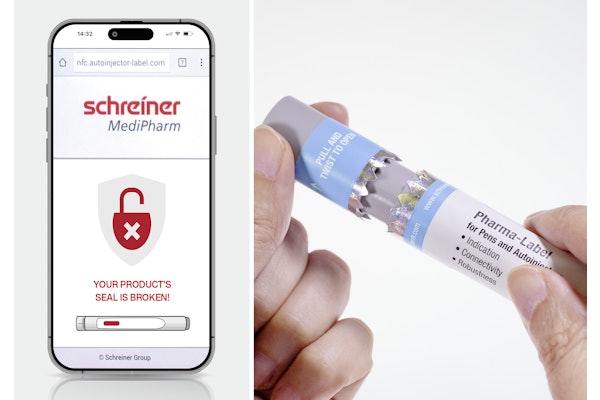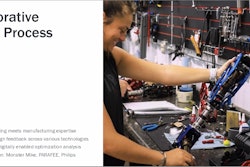
Healthcare Packaging (HCP): Please describe your company’s responsibilities?
Geoffrey Glauser: Conceptual Mindworks supports the mission of Health and Human Services, Office of the Assistant Secretary for Planning and Response (ASPR), Biomedical Advanced Research and Development Authority (BARDA). The Office is responsible for coordinating research and development toward new vaccines, diagnostics, and drugs related to the pathogenic organisms most likely to be used in a natural or terrorist attack on the U. S. homeland. BARDA works with all scientific agencies of the HHS Department, including the National Institutes of Health (NIH), the Center for Disease Control and Prevention (CDC), the Food and Drug Administration (FDA), as well as state and local governments, private, and non-profit scientific entities.
HCP: Regarding the packaging and shipping of temperature-sensitive pharmaceuticals, biologics, etc., many are familiar with the 2 to 8 C "cold chain," but how would you define the other temperature ranges companies are concerned with?
More and more the temperature-controlled shipping arena is focusing on transfers of material outside of the 2°C to 8°C range. Principally, controlled-room shipping, 15°C to 30°C or ambient temperature shipping is examined. This is based on the fact that many pharmaceutical raw materials, intermediates, and finished goods may not have indefinite stability when exposed to other than long-term storage conditions as stated on package inserts, Material Safety Data Sheets, or Certificates of Analysis. Consequently, there needs to be a broader data-based approach to the transfer of materials either in controlled or uncontrolled conditions depending on whether there is stability data available to support such shipment.
In general, the most commonly utilized temperature controlled categories are -20°C, -40°C, -80°C, 2°C to 8°C, and controlled-room temperature 15° to 30°C. This last category could easily be expanded to 0° to 40°C, again, depending on the stability profile of the material being shipped. There could also be a product-specific range determined based on stability data, such as -25°C to 45°C, which would cover 99% of the inhabitable earth! At those temperatures the primary, secondary, and tertiary packaging may be the quality-limiting factor of the shipment, rather than the raw or active material itself.
HCP: For companies with temperature-sensitive products, do you find that in the past they have focused packaging specifically on 2° to 8°, yet are now trying to develop packaging to handle wider temperature ranges in an effort to simplify their efforts? Does this approach tend to reduce or increase costs and how is that determined?
My understanding is that organizations have focused on containing their resources (read: not spend too much money) whenever shipping is required. So, when a material is required to be transited from site to site or from site to customer, the organization focuses on that specific material or materials that fall under the restrictions. What may be seen in the future are controlled-temperature shipping solutions that cover a range of temperatures that support multiple products, each of which has a slightly different stability profile, but not different enough that as a group they require different solutions. For example, as a solution, an organization qualifies an ocean or air container that protects a variety of long-term storage controlled-room temperature (15° to 30°C) product within a -5°C to 40°C transit temperature range. This qualification process would therefore “kill multiple birds with one stone.”
HCP: What are the key issues as you see them today regarding packaging and temperature-sensitive shipping?
The direction of temperature-controlled shipping should always be patient- and product-safety driven. The more data that is gathered that supports such activities will further ensure safe administration of the pharmaceutical or biological. The more one focuses on the safety and effectiveness of a medication, the more positive impact it will have on the medical malady. That said, the key issues today appear to focus on regulatory compliance, particularly internationally where the standards have not solidified across the globe and are still being worked out within individual regulatory agencies. Consequently, there are areas of temperature-controlled package qualification where one standard conflicts with another. This will most likely be a focus over the next five to seven years as regulators apply a uniform methodology such as that achieved with the International Conference of Harmonization (ICH). Through the ICH guidelines such issues have been resolved for otherwise variable interpretations of pharmaceutical and biological materials such as quality, efficacy, and safety testing.
Disclaimer: The opinions put forth in this article are purely those of the author and do not represent any of the organizations for which the author has employment or are representative of a professional trade group association. Nothing in the stated opinion is intended to constitute legal direction of any sort. Utilization of the concepts and opinions stated herein are implemented solely at the reader’s risk.






















